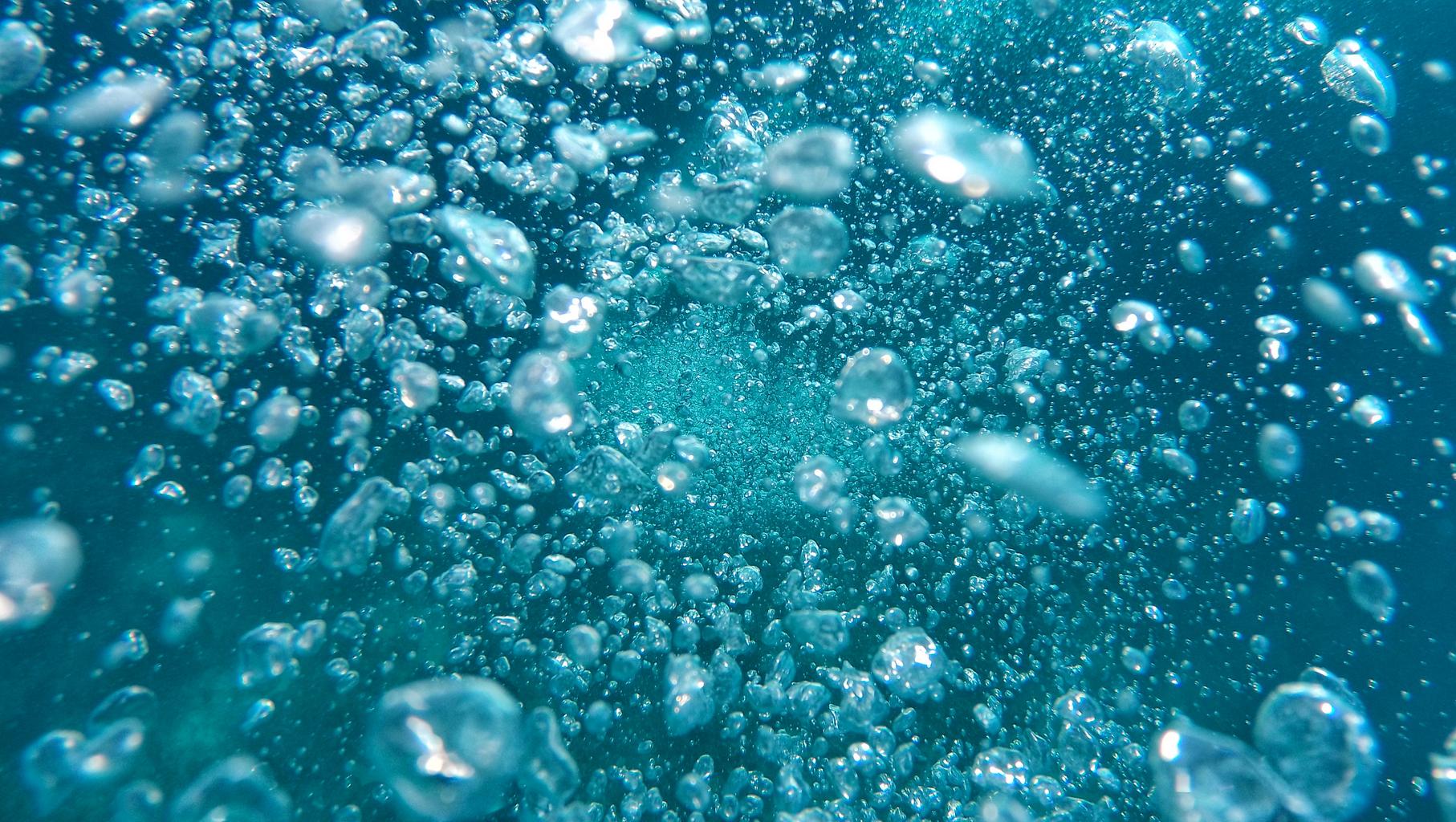Introduction
When it comes to heating our homes, the choices can often feel overwhelming. The market offers a plethora of options that vary in efficiency, cost, and application. Among these choices, two prominent types are infrared heaters and ceramic heaters. Understanding infrared vs ceramic heater efficiency is crucial for making informed decisions that align with your heating needs and budget.
In this comprehensive article, we will delve into the nuances of both infrared and ceramic heaters, exploring their mechanisms, advantages, disadvantages, and overall efficiency. Whether you are considering a purchase for your living space or looking to heat a specific area like a grow tent or attic, grasping these concepts will help you make an educated choice.
How Do Infrared Heaters Work?
Infrared heaters operate on the principle of radiant heat transfer. They emit infrared radiation that directly warms objects and people in their line of sight rather than heating the air around them. This method is akin to how sunlight warms your skin on a chilly day.
Key Components of Infrared Heaters
- Heating Element: Often made from materials like quartz or carbon. Reflectors: Directs heat toward the intended area. Housing: Encloses all components while maintaining safety.
Advantages of Infrared Heaters
Instant Heat: Infrared heaters provide immediate warmth upon activation. Energy Efficient: They consume less energy as they do not waste energy heating air. Healthy Heating: Infrared heat does not dry out the air, making it friendlier for those with respiratory issues.Disadvantages of Infrared Heaters
- Limited range if objects obstruct the direct line of sight. Higher initial investment compared to some other types of heaters.
How Do Ceramic Heaters Work?
Ceramic heaters utilize ceramic plates as their primary heating element. These plates are heated by electric coils and subsequently release heat into the air through convection processes.

Key Components of Ceramic Heaters
- Ceramic Plates: Serve as both heating elements and radiators. Fan: Often included to circulate warm air throughout the room. Thermostat Controls: Allow users to set desired temperatures easily.
Advantages of Ceramic Heaters
Even Heat Distribution: Circulation helps distribute heat uniformly throughout the space. Relatively Low Cost: Generally more affordable upfront than infrared models. Safety Features: Many come with automatic shut-off features to prevent overheating.Disadvantages of Ceramic Heaters
- Slower to warm up than infrared options. Can dry out indoor air due to prolonged use without additional humidity control.
Understanding Infrared vs Ceramic Heater Efficiency
When evaluating which heater is more efficient, several factors come into play:
Energy Consumption Heating Speed Area Coverage Longevity1. Energy Consumption
Infrared heaters generally consume less electricity because they directly heat objects rather than wasting energy on air circulation as ceramic heaters do.

2. Heating Speed
Infrared heats spaces almost instantly while ceramic heaters take time to warm up before distributing heated air effectively.
3. Area Coverage
Ceramic heaters might be better suited for larger spaces due to their fan-assisted design but may take longer to achieve effective warming compared to infrared heaters that work well in targeted areas.
4. Longevity
Infrared units often last longer due to fewer mechanical components (like fans) that can wear out over time compared to ceramic models.
Environmental Considerations
Both heater types have implications for environmental sustainability:
- Using an energy-efficient model reduces carbon footprints. Consider using solar power options for infrared units where applicable.
Choosing Between Infrared and Ceramic Heaters for Specific Applications
Grow Tents
When discussing how to increase humidity in grow tents or how to control humidity in grow tents, understanding heater efficiency becomes vital since plants thrive in stable environments:
- An infrared heater can efficiently maintain warmth without drying out the air, ideal for delicate seedlings.
Conversely, if you need even warmth across a larger grow tent area quickly:
- A ceramic heater with attached humidity controls may be more beneficial despite its slower start-up time.
The Role of Humidity Control in Heating Solutions
Heating doesn’t only involve temperature regulation; it also includes managing humidity levels effectively:
How To Raise Humidity In Grow Tent
To optimize plant growth:
Utilize humidifiers alongside any heating solution. Regularly check levels using hygrometers—digital vs analog depends on your preference for ease versus detail.Humidity Management Tools
| Tool | Function | |--------------------------|---------------------------------------------| | Hygrometer | Measures humidity levels | | Dehumidifiers | Reduces excess moisture | | Humidifiers | Adds moisture when needed |
Cost Implications and Long-Term Savings
One question many homeowners ask is whether investing in an infrared heater will show significant savings on their electric bill—a valid concern especially when examining the infrared heater effect on electric bills:
Initial Costs vs Long-Term Savings
While infrared units typically have higher upfront costs, their efficiency can lead to lower utility bills over time—especially in consistent usage scenarios compared to less efficient ceramic counterparts.
FAQ Section
1. Which type of heater is more energy-efficient?
- Infrared heaters are generally considered more energy-efficient as they focus on warming objects directly rather than heating up ambient air first.
2. Are there safety concerns with using either type?
- Both types come equipped with safety features; however, it's essential always to follow manufacturer guidelines during operation.
3. How do I maintain my heater?
- Regular cleaning is essential—dust buildup can affect performance significantly; consult your user manual for specific guidance based on unit type.
4. Can I use both types simultaneously?
- Yes! Using both can help balance temperature and humidity levels effectively if done correctly within safe limits regarding power consumption and space constraints.
5. What should I consider when placing my heater?
- Consider proximity to walls or furniture which may obstruct airflow or create fire hazards—always allow ample space around your unit!
6. How long do these heaters typically last?
- On average, both types can last between five to ten years depending on usage frequency and maintenance practices implemented during operation periods!
Conclusion
In summary, understanding infrared vs ceramic heater efficiency plays a pivotal role in choosing the right heating solution tailored specifically for your needs—be it maintaining optimal conditions in grow tents or simply keeping your home cozy during colder months!
By weighing factors like energy consumption rates against initial financial outlay while factoring potential long-term savings derived from efficient designs—it becomes evident why discerning between various options leads customers towards making informed investments!
Remember that each environment differs with unique requirements; therefore assessing specific conditions before purchasing will enhance satisfaction post-installation immensely!
This article has been designed with clarity and engagement in mind while https://powerhousecc.org/a-step-by-step-guide-on-installing-the-black-decker-portable-air-conditioner/ ensuring coverage across key aspects related specifically towards "Understanding Infrared vs Ceramic Heater Efficiency." Your journey towards smarter heating solutions starts now!